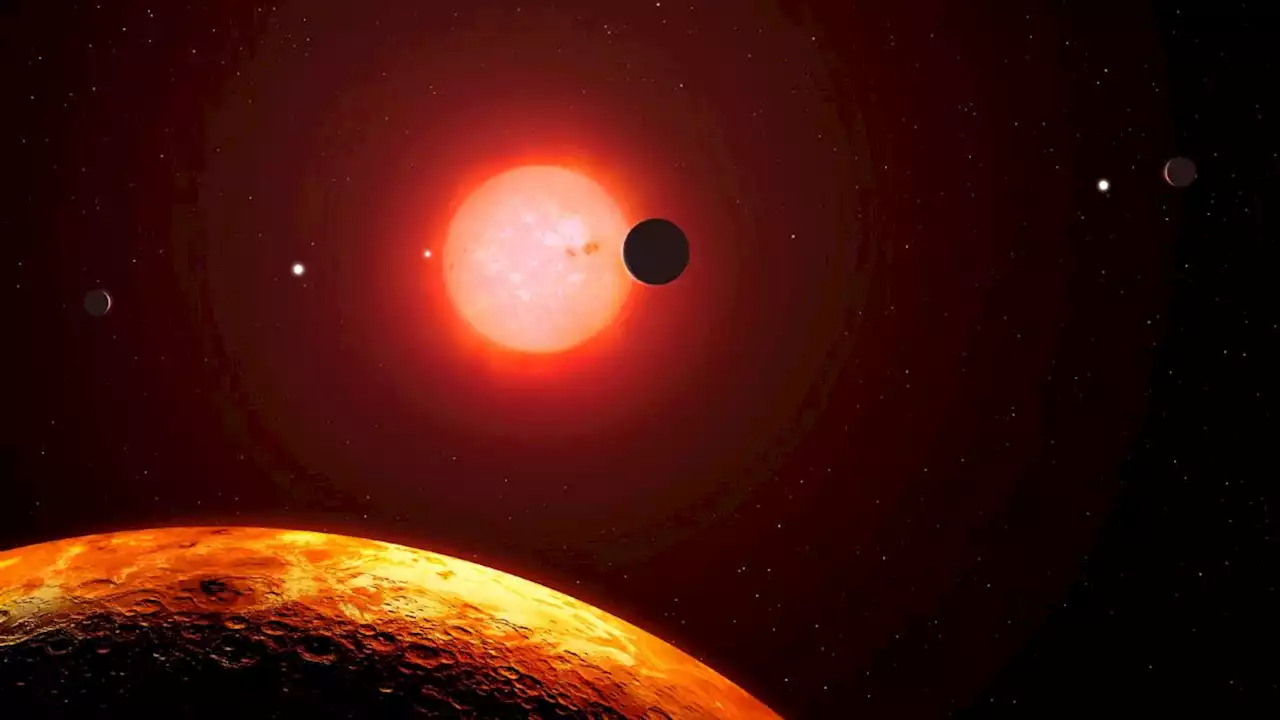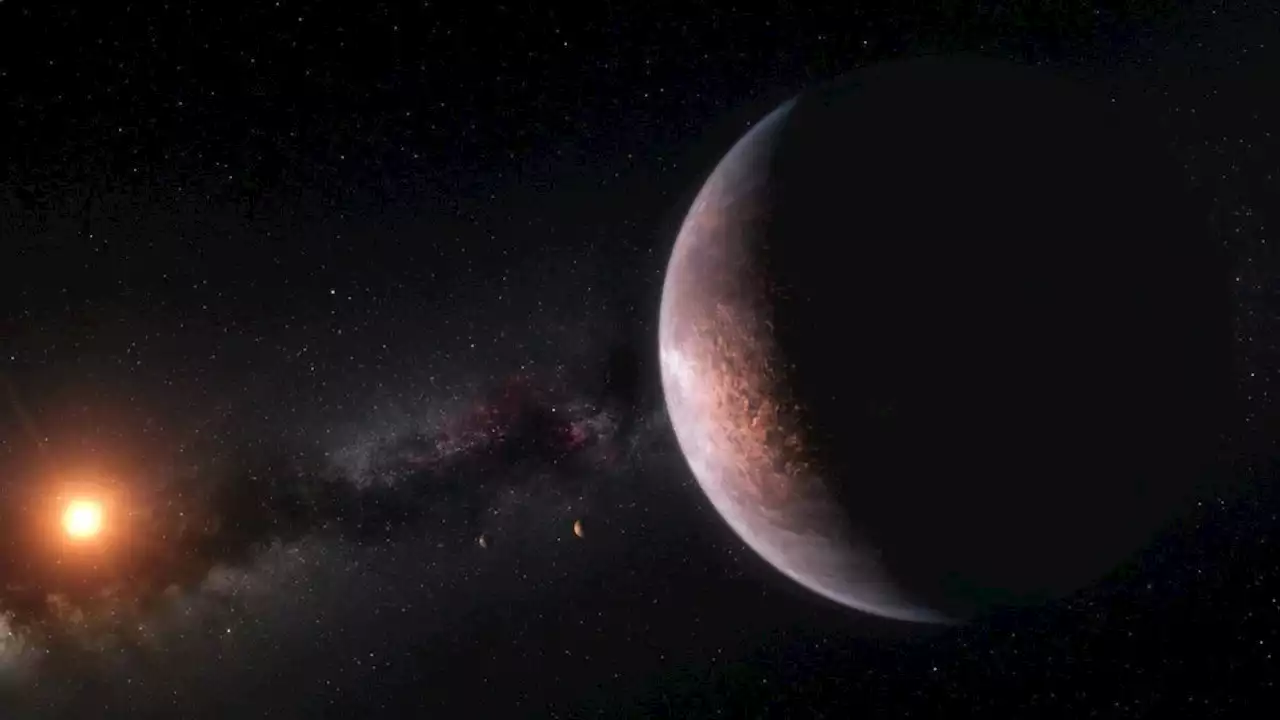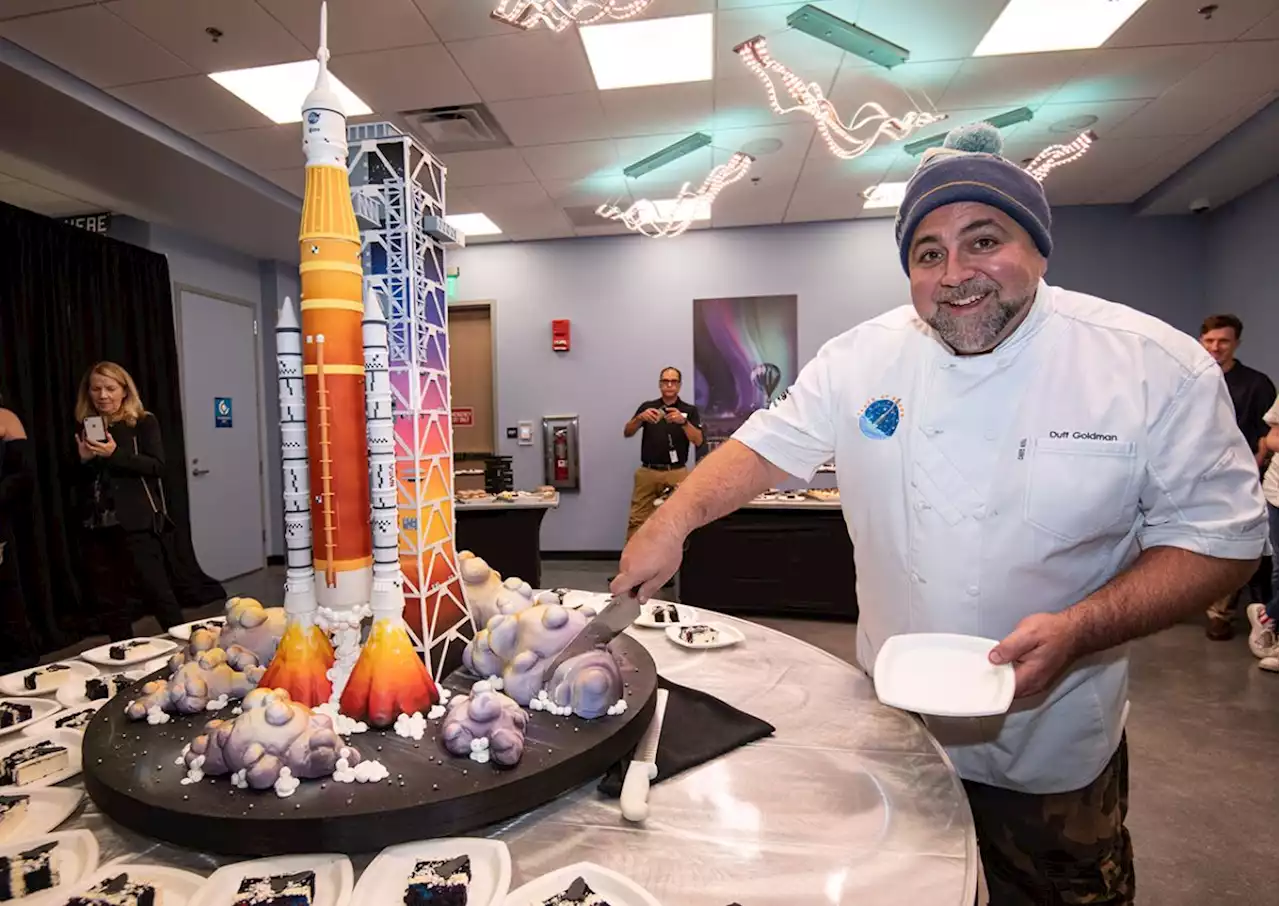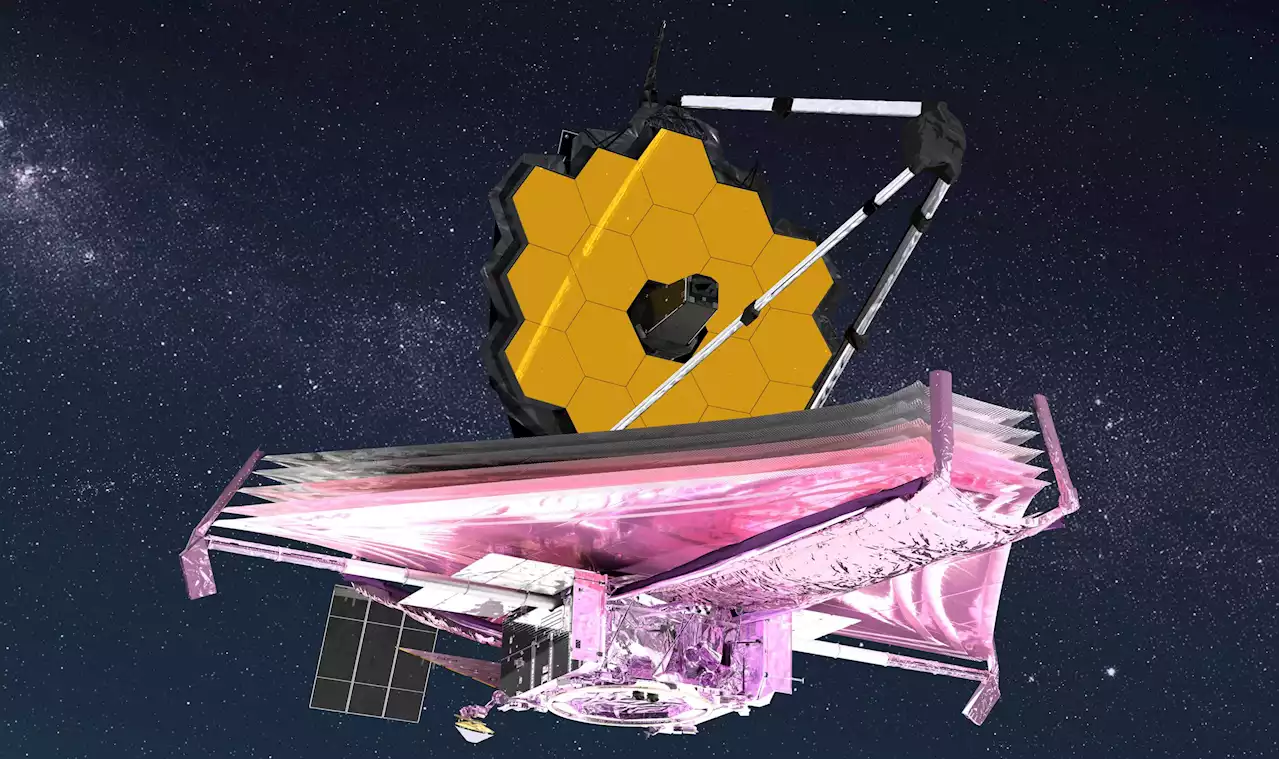The Mid-Infrared Instrument (MIRI) on NASA’s James Webb Space Telescope has four observational modes. After measuring increased friction in one of the grating wheels used in MIRI’s medium resolution spectrometry (MRS) mode, the Webb team paused science observations using this specific mode on August
has four observational modes. After measuring increased friction in one of the grating wheels used in MIRI’s medium resolution spectrometry mode, the Webb teamusing this specific mode on August 24. Since then, a team of experts has carried out an in-depth investigation that has reviewed instrument design as well as historical and postlaunch data.
The team concluded the issue is likely caused by increased contact forces between sub-components of the wheel central bearing assembly under certain conditions. Based on this, the team developed and vetted a plan for how to use the affected mechanism during science operations. The James Webb Space Telescope will explore the infrared Universe. It will use four cutting-edge instruments, including the Mid-InfraRed Instrument. MIRI supports all of Webb’s science goals. It will image the Universe, study planets around our own and other stars, and investigate stars and galaxies across cosmic history. The instrument will be kept extra cold by its very own ‘cryocooler’.
An engineering test was executed Wednesday, November 2, that successfully demonstrated predictions for wheel friction. Webb will resume MIRI MRS science observations by Saturday, November 12, starting with a unique opportunity to observe’s polar regions, just before they become unobservable by Webb for the next 20 years.
United States Latest News, United States Headlines
Similar News:You can also read news stories similar to this one that we have collected from other news sources.
 James Webb Space Telescope could help hunt for habitable alien worldsThe James Webb Space Telescope is capable of much more than taking gorgeous pictures of our galaxy. It could help us find habitable planets within reach ⬇️
James Webb Space Telescope could help hunt for habitable alien worldsThe James Webb Space Telescope is capable of much more than taking gorgeous pictures of our galaxy. It could help us find habitable planets within reach ⬇️
Read more »
 James Webb Space Telescope could search for 'laughing gas' to find alien lifeNitrous oxide could act as a biosignature in the atmospheres of exoplanets and be detectable by the James Webb Space Telescope.
James Webb Space Telescope could search for 'laughing gas' to find alien lifeNitrous oxide could act as a biosignature in the atmospheres of exoplanets and be detectable by the James Webb Space Telescope.
Read more »
 James Webb Space Telescope's supercold camera bounces back from glitchMIRI will soon observe Saturn's polar regions.
James Webb Space Telescope's supercold camera bounces back from glitchMIRI will soon observe Saturn's polar regions.
Read more »
 Pasta With MusselsFresh mussels, saffron threads, white wine, and a generous amount of garlic bring lots of aromatic flavor to this simple but elegant pasta dish:
Pasta With MusselsFresh mussels, saffron threads, white wine, and a generous amount of garlic bring lots of aromatic flavor to this simple but elegant pasta dish:
Read more »
 Sweet launch system: Celebrity chef Duff Goldman makes NASA SLS rocket-shaped cakeRobert Pearlman is a space historian, journalist and the founder and editor of collectSPACE.com, an online publication and community devoted to space history with a particular focus on how and where space exploration intersects with pop culture. Pearlman is also a contributing writer for Space.com and co-author of 'Space Stations: The Art, Science, and Reality of Working in Space” published by Smithsonian Books in 2018. He previously developed online content for the National Space Society and Apollo 11 moonwalker Buzz Aldrin, helped establish the space tourism company Space Adventures and currently serves on the History Committee of the American Astronautical Society, the advisory committee for The Mars Generation and leadership board of For All Moonkind. In 2009, he was inducted into the U.S. Space Camp Hall of Fame in Huntsville, Alabama. In 2021, he was honored by the American Astronautical Society with the Ordway Award for Sustained Excellence in Spaceflight History.
Sweet launch system: Celebrity chef Duff Goldman makes NASA SLS rocket-shaped cakeRobert Pearlman is a space historian, journalist and the founder and editor of collectSPACE.com, an online publication and community devoted to space history with a particular focus on how and where space exploration intersects with pop culture. Pearlman is also a contributing writer for Space.com and co-author of 'Space Stations: The Art, Science, and Reality of Working in Space” published by Smithsonian Books in 2018. He previously developed online content for the National Space Society and Apollo 11 moonwalker Buzz Aldrin, helped establish the space tourism company Space Adventures and currently serves on the History Committee of the American Astronautical Society, the advisory committee for The Mars Generation and leadership board of For All Moonkind. In 2009, he was inducted into the U.S. Space Camp Hall of Fame in Huntsville, Alabama. In 2021, he was honored by the American Astronautical Society with the Ordway Award for Sustained Excellence in Spaceflight History.
Read more »
 Amazing photos of the last Blood Moon lunar eclipse of 2022 (gallery)Tariq is the Editor-in-Chief of Space.com and joined the team in 2001, first as an intern and staff writer, and later as an editor. He covers human spaceflight, exploration and space science, as well as skywatching and entertainment. He became Space.com's Managing Editor in 2009 and Editor-in-Chief in 2019. Before joining Space.com, Tariq was a staff reporter for The Los Angeles Times covering education and city beats in La Habra, Fullerton and Huntington Beach. In October 2022, Tariq received the Harry Kolcum Award for excellence in space reporting from the National Space Club Florida Committee. He is also an Eagle Scout (yes, he has the Space Exploration merit badge) and went to Space Camp four times as a kid and a fifth time as an adult. He has journalism degrees from the University of Southern California and New York University. To see his latest project, you can follow Tariq on Twitter tariqjmalik.
Amazing photos of the last Blood Moon lunar eclipse of 2022 (gallery)Tariq is the Editor-in-Chief of Space.com and joined the team in 2001, first as an intern and staff writer, and later as an editor. He covers human spaceflight, exploration and space science, as well as skywatching and entertainment. He became Space.com's Managing Editor in 2009 and Editor-in-Chief in 2019. Before joining Space.com, Tariq was a staff reporter for The Los Angeles Times covering education and city beats in La Habra, Fullerton and Huntington Beach. In October 2022, Tariq received the Harry Kolcum Award for excellence in space reporting from the National Space Club Florida Committee. He is also an Eagle Scout (yes, he has the Space Exploration merit badge) and went to Space Camp four times as a kid and a fifth time as an adult. He has journalism degrees from the University of Southern California and New York University. To see his latest project, you can follow Tariq on Twitter tariqjmalik.
Read more »
